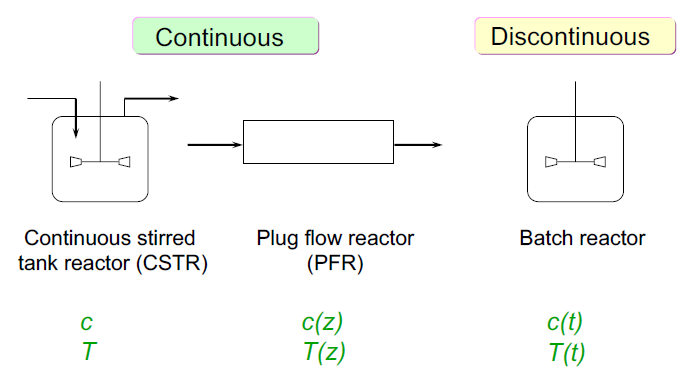

Preventing the worst, protecting the best
Industrial plants transform gases, liquids, and powders into life-changing products—but the same reactions, pressures, and temperatures that create value can unleash catastrophe if control is lost. Process Safety & Risk Management (PSRM) makes sure those hazards stay locked behind layers of protection and rigorous discipline. OSVARD’s integrated PSRM service gives small and mid-sized Asian producers the same robust safeguards practiced by global majors—scaled, prioritised, and adapted to local regulations.
Personal safety (PPE, slips, trips) guards individuals; process safety guards communities, corporate futures, and sometimes entire ecosystems. A single loss-of-containment can cancel decades of profit and trust in seconds. The discipline therefore:
Focuses on low-frequency, high-consequence events—bleve, toxic cloud, dust explosion—not routine injuries.
Treats every barrier (instrument, procedure, relief valve) as part of a layered defence. If one fails, the next catches the fault.
Requires continual re-validation because feedstocks change, equipment ages, and people move on.
OSVARD aligns each client programme with proven global standards:
CCPS Risk-Based Process Safety—organises 20 elements into four pillars: commitment, understanding hazards, risk management, and learning from experience.
OSHA 29 CFR 1910.119 / Thai DoE PSM regulations—mandate PHAs, operating procedures, mechanical integrity, and management of change for hazardous-chemicals thresholds.
IEC 61511 / 61508—define lifecycle requirements for safety-instrumented systems.
Adopting these frameworks isn’t paperwork; it’s the architecture that keeps design intent alive through commissioning, routine operation, and revamp after revamp.
HAZOP, What-If, FMEA, LOPA—all facilitated by seasoned leaders who challenge assumptions while coaching in-house engineers.
Consequence and dispersion modelling (PHAST, ALOHA, CFD) quantify thermal radiation, overpressure, or toxic dose contours, informing siting and emergency-response plans.
Relief-system sizing by API 520/521.
SIL determination and SIF design, complete with proof-test intervals matched to plant realities.
Passive barriers—blast walls, drainage systems, ventilation paths—integrated early so they’re cheap steel, not regulatory surprises.
Digital permit-to-work and MOC workflows ensure changes don’t outpace documentation.
Key Performance Indicators—TRIR is not enough; we install leading indicators like overdue actions, bypassed interlocks, near-miss trends.
Scenario-based drills using dynamic simulators or plant digital twins.
Clear, role-specific checklists that operators can execute under stress—tested, refined, and re-tested.
Gap assessments against CCPS, OSHA, or local DoE templates.
Root-cause analysis facilitation; lessons plugged back into design and procedures, closing the learning loop.
Downtime avoids you. Unplanned outages become rare because precursors are spotted and neutralised.
Regulators trust you. Transparent risk-based documentation eases permit renewals and can shorten inspections.
Insurers reward you. Lower incident frequency and severity translate into premium reductions.
Talent stays. Workers prefer sites where safety is demonstrably woven into every decision.
Communities support you. A clean PSRM record sustains licence-to-operate and brand reputation.
A Thai agro-chem plant faced mounting regulator scrutiny after minor solvent leaks. OSVARD:
Led a plant-wide HAZOP re-validation, revealing missing high-level trips on a batch reactor.
Performed dispersion modelling, proving that a £15 k vapour-recovery upgrade could shrink the toxic impact zone by 80 %.
Rolled out a digital MOC tool that cut undocumented modifications to near zero in six months.
The outcome: operating licence renewed without additional conditions; downtime dropped 12 % the following year; insurance underwriter lowered deductibles by 18 %.
“You can outsource design, fabrication, and even operations—but you can’t outsource responsibility for a process safety failure.”
OSVARD partners with you to embed world-class risk management into everyday plant life—so disasters remain ‘what-ifs’ on paper, not headlines on tomorrow’s news. Ready to strengthen your safety backbone? Let’s start the conversation.













